



According to the United States Patent & Trademark Office ("US-PTO"),
"a trademark can be any word, phrase, symbol, design, or a combination of these things that identifies your goods or services. It’s how customers recognize you in the marketplace and distinguish you from your competitors."

According to the World Intellectual Property Organization ("WIPO"), "the use of trademarks dates back thousands of years. The first marks – the branding of livestock depicted in Stone Age cave paintings – identified personal property to prevent theft ...
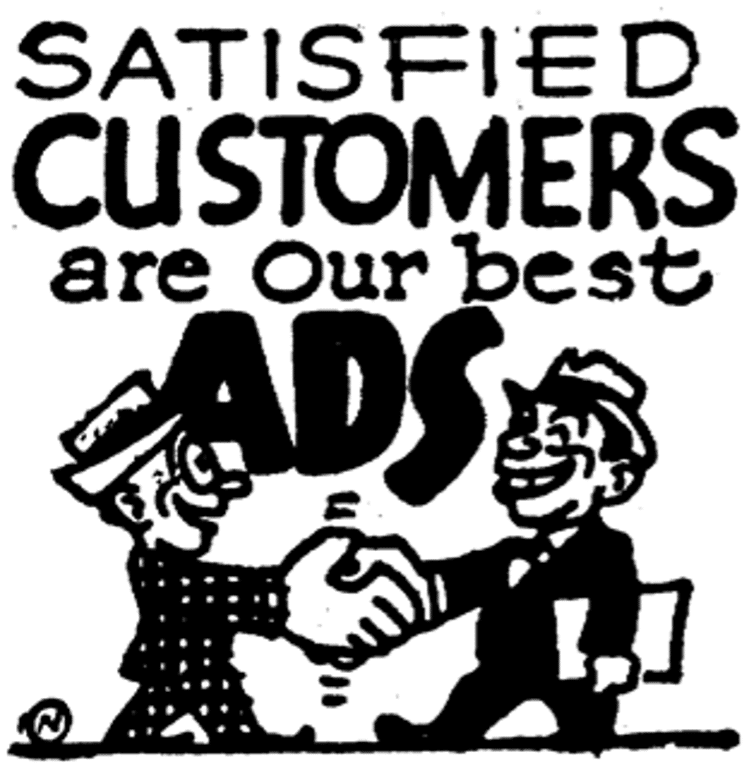
Egyptian masonry from some six thousand years ago shows quarry marks and stonecutters signs, which named the source of the stone and the laborer who carried out the work."
The words "trademark" and "brand" have a long history. Literal "brands" on livestock were used to indicate ownership and source. Trademarks (e.g. the quarry marks and stonecutter signs) tell consumers (e.g. builders in ancient Egypt) the source (a specific Egyptian quarry or laborer) of a product or service (cut stone).
Trademarks benefit both the source of a product or service and the consumer of that product or service. According to WIPO,
"The earliest trademark legislation was the Bakers’ Marking Law, obliging every baker to put his mark on the bread he baked, enacted by the British Parliament in 1266. Merchants’ marks - personal marks used from the 13th to 16th century -could be considered the predecessors of modern trademarks in that they bore names of traders and served as a guarantee that the goods sold were of the expected quality."
The word "trademark" explains itself. Quite simply, a trademark is a symbol or mark (e.g. the quarry marks and stonecutter signs) used in trade. The trademark tells a consumer (such as a person in ancient Egypt) the source (the specific Egyptian quarry or laborer) of a product or service (the specific cut stone from that specific quarry or laborer observed by our ancient Egyptian consumer). Trademarks on livestock, literally the "brand", were used initially to show ownership and later to indicate source.
the "goodwill" of a trademark is the economic value of the mark
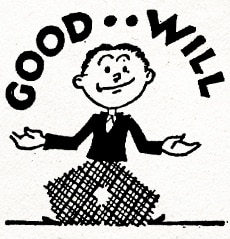
Theoretically, a trademark can be any word, phrase, symbol or design – limited only by your imagination! A trademark can be:
a word or phrase
NIKE®
JUST DO IT®
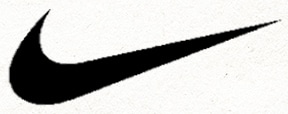
or a pictorial symbol or logo like the Nike “swoosh”
the shape of a product, so-called “trade dress”, e.g. the shape of a Coke® bottle
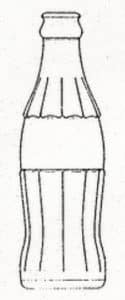
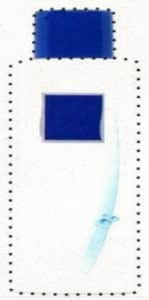
a particular color scheme and arrangement of elements on a shampoo bottle
a color can become a trademark, such as the color yellow on 3M’s POST-IT® notes,


or the color pink on Owens-Corning(R) insulation.
Even a sound can be a trademark, like:
In practice, trademark choices can be limited by the rights of pre-existing users or registrations of similar marks on similar products or services.
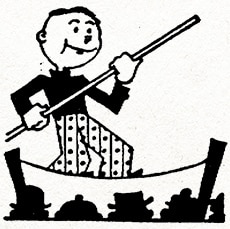
trademark law balances the rights of trademark owners vs. third parties such as consumers, the public, and competitors
It’s complicated, and that’s where I come in.
In the United States, using a trademark to sell a product or service creates rights in that trademark, even without registering the trademark. These so-called “unregistered” or “common law” rights in a trademark offer limited protection. They don’t go beyond the particular geographical area where the trademark was actually used, they’re not in writing, and they don’t give notice to third parties (so they can avoid using similar marks).
With only common law rights, two businesses with the same trademark (e.g., “Complete Radio Service” or “Speedy Cleaners”) simply by coincidence, and not with bad intent, can nonetheless have a big problem eventually.
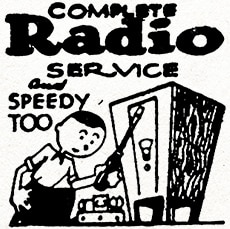
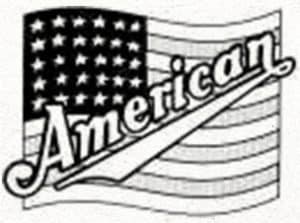
Trademark registrations expand on common law rights. In the U.S., trademark registrations providing nationwide rights are granted the federal level using a process administered by the US-PTO. Trademark registrations are also granted in the U.S. at the state level. Foreign countries administer their own trademark registration systems which vary country-by-country, and there are international treaties regarding trademarks.
According to the US-PTO, a U.S. trademark registration offers several advantages over common law rights:
*subject to the rights of prior unregistered users
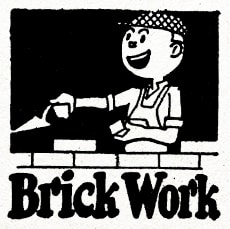

According to the US-PTO, not everyone is required to have an attorney represent them when filing an application for a U.S. trademark registration**.
**Some foreign-domiciled applicants are required to have a U.S.-licensed attorney
An experienced trademark attorney can make a big difference. Choosing the right trademark, early in the process, can have many long term benefits:
That’s where I come in:
Trademark registrations can theoretically last forever, but there are requirements. First, in the U.S. and in many foreign countries, trademark rights can be lost if not actually used in commerce on the applicable goods or services – “use it or lose it”. Second, trademark registrations must be renewed every few years, a process that varies country-by-country, but generally involved filing paperwork, paying fees, and (sometimes) submitting evidence the trademark is actually and currently in use at the time of renewal. If the renewals are not timely filed, the trademark registration will eventually expire.
Trademark registrations require maintenance
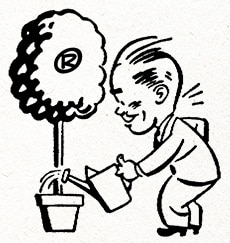
Trademark rights benefit from long term vigilance.
products and services sold under a registered trademark should bear a notice
EXAMPLE® is a registered trademark
of Example Co. of Anytown, USA
unregistered marks can also bear a notice
EXAMPLE™ is an unregistered trademark
of Example Co. of Anytown, USA
“watch services” can be used to monitor pending trademark applications filed by third parties.
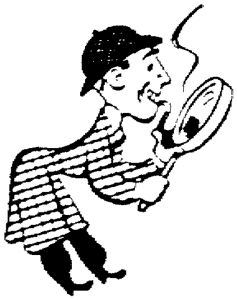
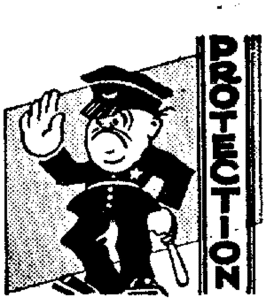
market surveillance can be used to monitor potential infringers confusing uses of similar marks, e.g. in e-commerce using Amazon Brand Registry.
and if someone is stealing your intellectual property, that’s where I come in
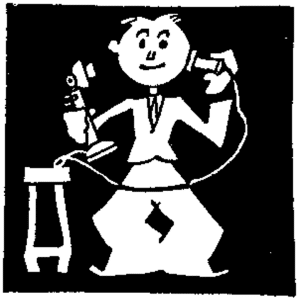
Your company’s future viability and success may depend on one or more unique products or services. To protect your legal rights and avoid competitors’ illegal acts, learn more about trademark law and how I can help.


© 2025 Rick Abegglen|Legal Disclaimer|Privacy Policy
Disclaimer: I am not able to take on all potential clients. Unless and until we sign a written engagement agreement, I am not your attorney and you should not consider me to be your attorney.